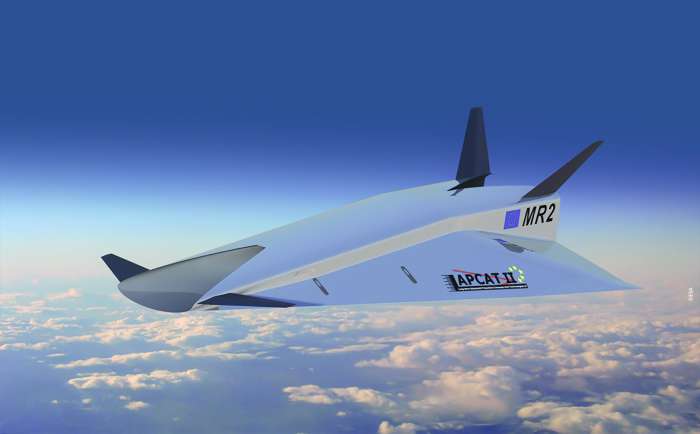
| Beeldbank van Stichting Behoud Erfgoed NLR (SBEN) |
|
|
|

Klik op bovenstaande afbeelding voor een 100% weergave |
|
| Database nr. | : | 00588 |
|---|---|---|
| Titel | : | LAPCAT II |
| Instituut | : | NLR |
| Locatie | : | Niet van toepassing |
| Datering | : | 2018 |
| Bijzonderheden | : | Een hypersonisch vliegtuig kan acht keer sneller dan het geluid en tien keer sneller dan een hedendaags passagiersvliegtuig. Daarmee vlieg je vanuit Nederland in drie uur naar Australië. Deze vliegtuigen vliegen in de stratosfeer, waar de luchtweerstand en daarmee het brandstofverbruik minder zijn. Het STRATOFLY-project, onderdeel va het EU-Horizon 2020 programma, verrichte daar onderzoek naar om in kaart te brengen of de ontwikkeling van een hypersonisch testvliegtuig in 2035 mogelijk is. NLR deed onderzoek naar het geluid van de zogenaamde "air turborocket"-motoren, die geïntegreerd zijn in de romp en in één gezamenlijke "nozzle" uitblazen. A hypersonic aircraft can travel at velocities up to eight times the speed of sound (i.e. Mach 8), and up to ten times faster than a present-day standard airliner. At those speeds, it would take only three hours to fly from the Netherlands to Australia. Hypersonic aircraft fly in the stratosphere, which results in less air resistance and therefore lower fuel consumption. The STRATOFLY project, part of the EU’s Horizon 2020 programme, was studying whether a hypersonic test aircraft can be developed by 2035. NLR conducted research into the noise generated by the so-called "air turborocket" engines, which are integrated into the fuselage and eject their exhaust flow in a single joint nozzle. Referentie: [1] Project info of EU LAPCAT = Long-Term Advanced Propulsion Concepts and Technologies |
| Fotograaf | : | ESA |
| Collectienaam | : | |
| Rubriek | : | Luchtvaartuigen |
| Subrubriek | : | Vliegtuigen |
| Categorie | : | Artistieke impressie |
| Achterkant afbeelding | : | |
| Afmetingen | : | |
| Rapportnummer | : | |
Bijlage(n):
|
|
||
Record aangepast: 06 december 2023